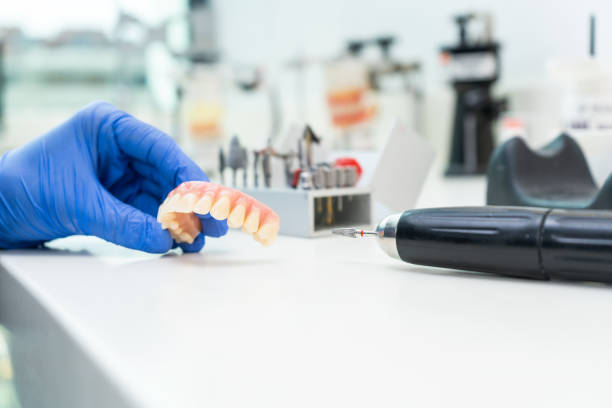As the world of emergency medicine continues to grow, so does the need for improved student engagement in emergency medicine courses. With traditional lecture-style teaching becoming less and less effective, educators must look for creative ways to engage students in their studies.
This blog post will explore some innovative methods that can be used to increase student engagement and help them become more interested and invested in their learning, suggested by the popular emergency medicine expert Dr Michael Hilton.
Spark Interest Through Interactive Activities
One way to keep students engaged is to use interactive activities that spark interest and encourage discussion. Dr Michael Hilton Activities such as virtual simulations, role-playing games, or even hands-on projects can help bring a subject alive and give students a chance to apply what they’ve learned.
Additionally, these activities can provide opportunities for collaboration and team building amongst classmates, which can further strengthen their understanding of the material.
Encourage Experiential Learning
Another effective method of engaging students is through experiential learning. This type of learning allows students to gain first-hand experience with topics they are studying by performing tasks or engaging with real-world scenarios.
For example, a medical student might learn about a particular procedure by actually performing it on an artificial model or an animal patient rather than just reading about it in a textbook. Experiential learning encourages critical thinking and problem-solving skills that are essential for success in the field of emergency medicine .
Conclusion:
Engagement is key when it comes to teaching emergency medicine courses. By using innovative strategies such as interactive activities and experiential learning, educators can ensure that their students remain engaged throughout the course content and develop an understanding of how to apply what they’ve learned in a practical setting.
Ultimately, these strategies will help prepare students for future success in the field of emergency medicine while also making sure they have fun along the way!


